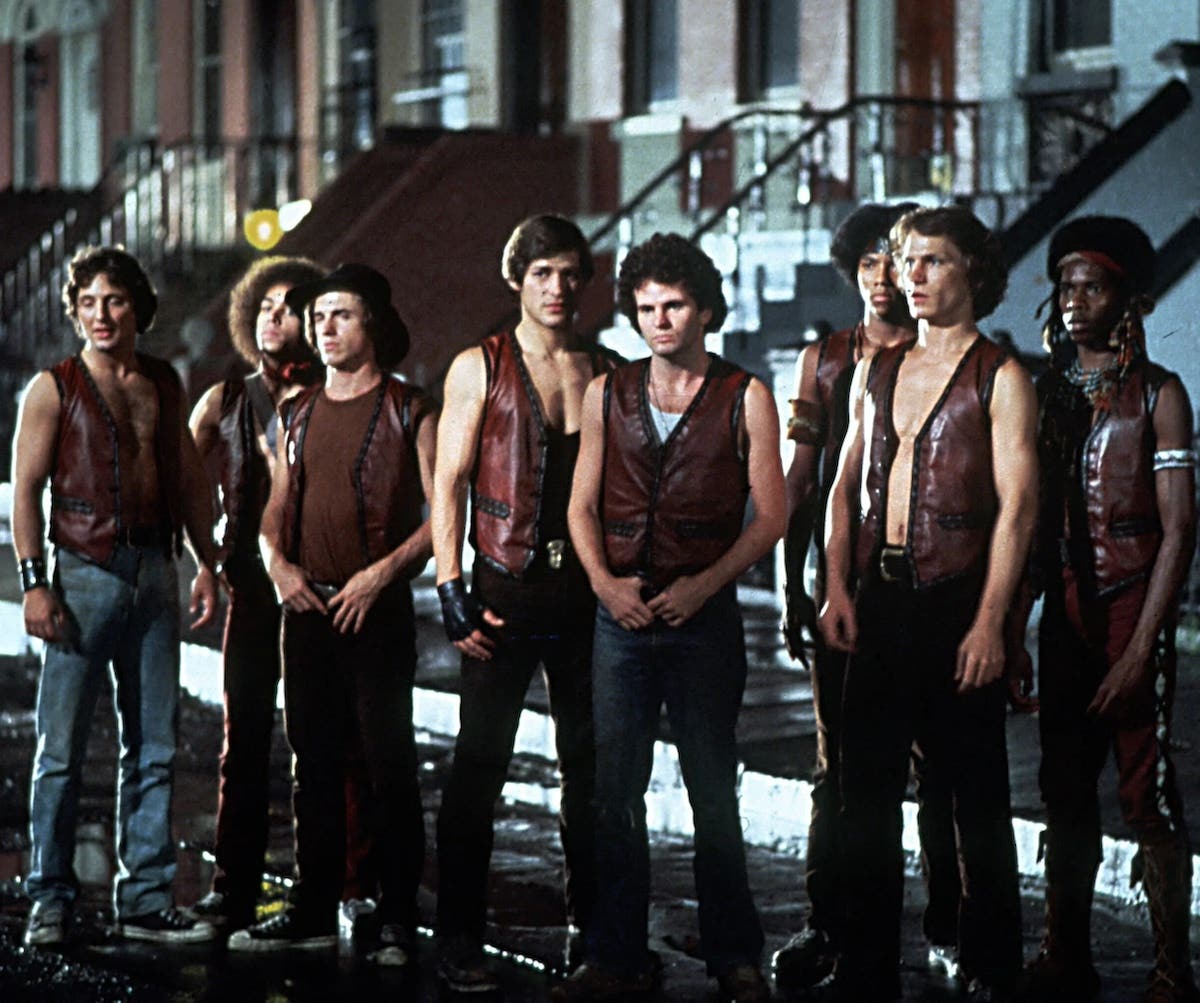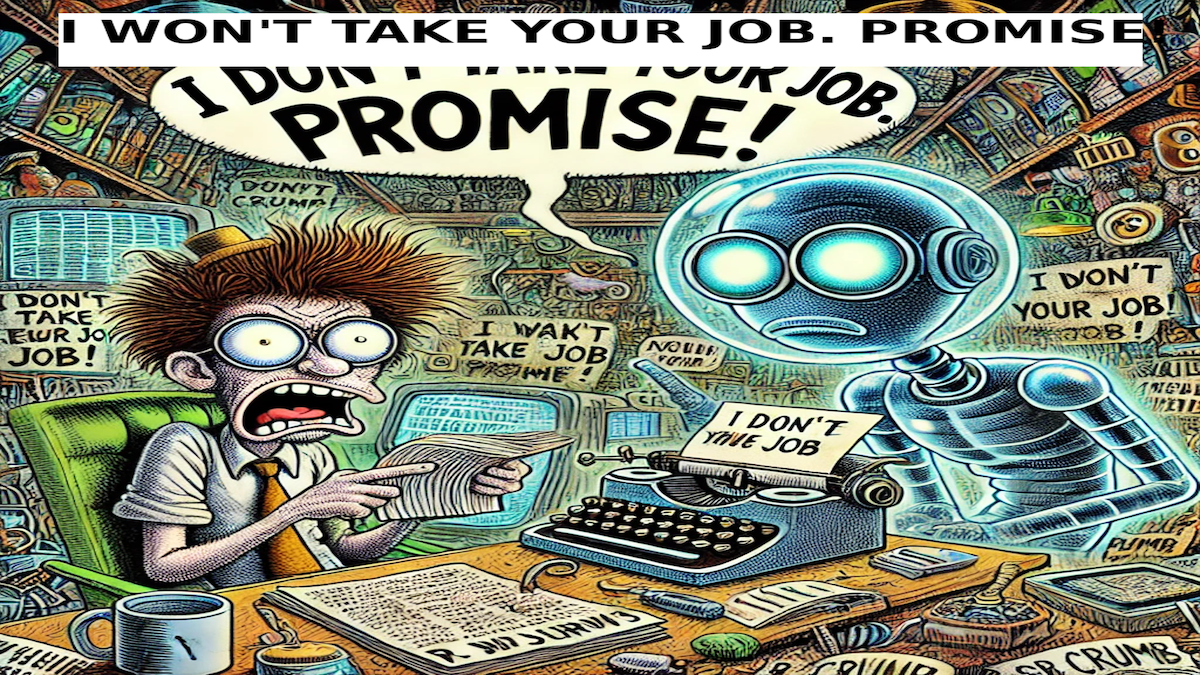Storytelling Strategies: When In Trouble, Reach for the Deadline
Click to tweet this article to your friends and followers! Loosely structured stories can be saved by the use of deadlines. In Draft Day (written by Scott Rothman and Rajiv…
Loosely structured stories can be saved by the use of deadlines.
In Draft Day (written by Scott Rothman and Rajiv Joseph), Sonny Weaver (played by Kevin Costner), general manager of the NFL’s Cleveland Browns, makes a risky deal and, against the advice of almost everyone, pulls off an amazing feat of drafting. How did he pull it off? That’s not really clear. In fact, precisely what the story is about is not entirely clear until it’s well-underway.
It’s a film without a traditional first act.
Telling the Audience What You’re Going To Do
The function of a first act in the three-act structure tradition is variously defined, as are the three acts themselves: beginning, middle, and end, or setup, development, and resolution. Dramaturge Frank Daniel sometimes described it this way: in the first act you tell the audience what you’re going to do, in the second act you do it, and in the third act you tell them what you’ve done.
Telling the audience what you’re going to do, serves not only to create anticipation, it also amps up the audience’s emotional experience. The difference between the emotionally engaging film, Silver Linings Playbook (2012) and a bunch of scenes with people yelling at each other is the first act, which lets us know whose story it is, what he wants, what the obstacles will be — and signals to the audience that the movie will be about those elements played out.
Appropriate to the subject matter of Draft Day, it’s worth checking out the pre-game show and first quarter of any televised football game, during which, the announcers will introduce to the audience, the various key characters (players), give some background on them, tell them what’s at stake for them, and what they will try to do during the course of the game — effectively delivering a first act to the audience. This is sometimes derided as hyping a game, but sports announcers practice this sort of thing for a very important purpose: to transform the game from a bunch of big guys smashing into each other and falling down into an emotional, dramatic experience (the recent Super Bowl notwithstanding).
Unlike most films, and all televised football games, Draft Day does little to provide for the audience this information.
Schema
To some extent, the storytellers seem to have neglected to provide a traditional first act because they believed they could rely on existing knowledge of the NFL draft on the part of their target audience — in effect, relying on an existing schema.
In psychology, a schema is a cognitive framework that people develop based on experience and learning. It’s a shorthand means by which we function in the world; for example, once we have understood that an object with a green stem, green flowers, thorns, and a red blossom are roses, we can instantly recognize one when we see it, rather than go through a conscious checklist of features.
All films rely on schema in their audiences. No one is born, for instance, with the knowledge that when a film cuts away from a character, the character still exists and is simply assumed to be “offscreen.” Once we learn this, it becomes part of our schema of movies and how they work.
Draft Day relies extensively on its audience’s pre-existing knowledge of NFL football in general and on the NFL draft in particular (the pertinent schemas in this case). If you don’t know what’s at stake in an NFL draft, or the relationships between an NFL team owner and the general manager and the coach, and don’t know that players are ranked by a consensus of experts prior to the draft, and that players can “tumble” if not picked at a consensus point in the draft — you will have a steep learning curve in watching this movie.
Such information could have been provided in a first act, and if it had been, it may well have broadened the film’s appeal beyond hard core football fans. It may also have made the bulk of the film more emotionally charged.
The Deadline
In the absence of a traditional first act, the storytellers in this case reached for a tool that has seen frequent use among screenwriters during the last few years: the deadline. In this case, the deadline is draft day, and the film employs occasional titles that count down the hours and minutes to the start of the draft. A similar deadline was employed in The Hurt Locker (2008), which counted down the days till the end of the main character’s tour of duty, and 500 Days of Summer (2010), which counted up to the last day of the relationship of the main character with Summer, and Julie and Julia (2010), in which the main character had one year to make every single recipe in a cookbook.
A deadline can be of great help when the story material doesn’t lend itself to the powerful cause-and-effect sequencing seen in many successful dramatic works, and, in this case, to stories that otherwise do not signal what the story is about by way of a traditional first act. In effect, the audience is being told what the storytellers are going to do. My suspicion is that even avid NFL fans would have difficulty watching the picture in the absence of the deadline.
How A First Act Would Have Helped
As I detailed in a previous column, a first act is crucial to turning the audience from observers into participants, from viewers just going along to see what happens next, to viewers who are filled with hope and fear about the prospects of the main character.
In Draft Day, Sonny makes what appears to be an unwise move: he trades three future number one draft picks to Seattle for a current number one pick — then chooses with that pick, a player, Vontae Mack (played by Chadwick Boseman), that he could have drafted at number seven — his team’s original draft position — and passes up on a chance to draft the quarterback Bo Callahan that everyone was expecting would go first.
It seems to be a disastrous move, causing his staff to rebel, his head coach to quit, his owner to call for his head, and his mother to berate him. However, as if by a miracle, five subsequent teams fail to draft Callahan — apparently suspecting that Sonny knows something bad about Callahan and treating him now like he’s damaged goods. In subsequent maneuvering, Sonny acquires a number six draft pick, then turns around and offers it to Seattle in exchange for getting his three future number one picks back. Sonny gets his deal (and more) and is a hero.
Was this all part of Sonny’s plan all along? That’s not clear, and that’s where the storytelling problem is. This is, after all, the heart of the story. Sonny takes a big gamble, and, specifically, he seems to favor a player with integrity (Vontae Mack). But it’s not clear how his decision to go with integrity fits into the story. Was he known previously as a general manager who did not care about a players’ integrity? Is he one who got burned because previous picks lacked integrity? Did his dad — a recently deceased (and legendary coach) of the Browns — have a reputation for integrity that he lacks, and he’s trying to prove he has it?
None of this is set up; we simply learn this stuff as we go.
Turning to how everything comes out okay in the end — again, the film provides no insight into the tools available to Sonny as he makes his decisions, and thus we cannot weigh his wisdom or folly, or become involved emotionally. All we can do is rely on the reactions of others who think his move foolish. When it all works out, it has the feel of deus ex machina — a happy ending brought about by chance or fate rather than the doings of the main character.
In order to compensate for a lack of development of this main part of the story, the storytellers brought in the subplots of Sonny’s mother and ex-wife, his father's death, and his girlfriend's pregnancy, then slapped it all together with the deadline and hoped for the best.
An effectively realized first act would have delivered a much more powerful picture.
The Essence of Storytelling with Christopher Vogler
At a Glance
- Screenwriting techniques for both writers of all levels
- Live webinar on creating deep, emotionally driven stories
- The Hero’s Journey is the basis of many of the top-grossing films of all time
Paul Joseph Gulino is an award winning screenwriter and playwright, whose credits include two produced screenplays in addition to numerous commissioned works and script consultations, and his plays have been produced in New York and Los Angeles. He taught screenwriting at the University of Southern California for five years, and since 1998 has taught at Chapman University in Orange, California where he is an associate professor. He has lectured and given workshops in the U.S. and Europe and recently guest-lectured at Disney Animation in Burbank. His books include Screenwriting: The Sequence Approach and The Science of Screenwriting: the Neuroscience Behind Storytelling Strategies, co-written with psychology professor Connie Shears. His web site is www.writesequence.com.







